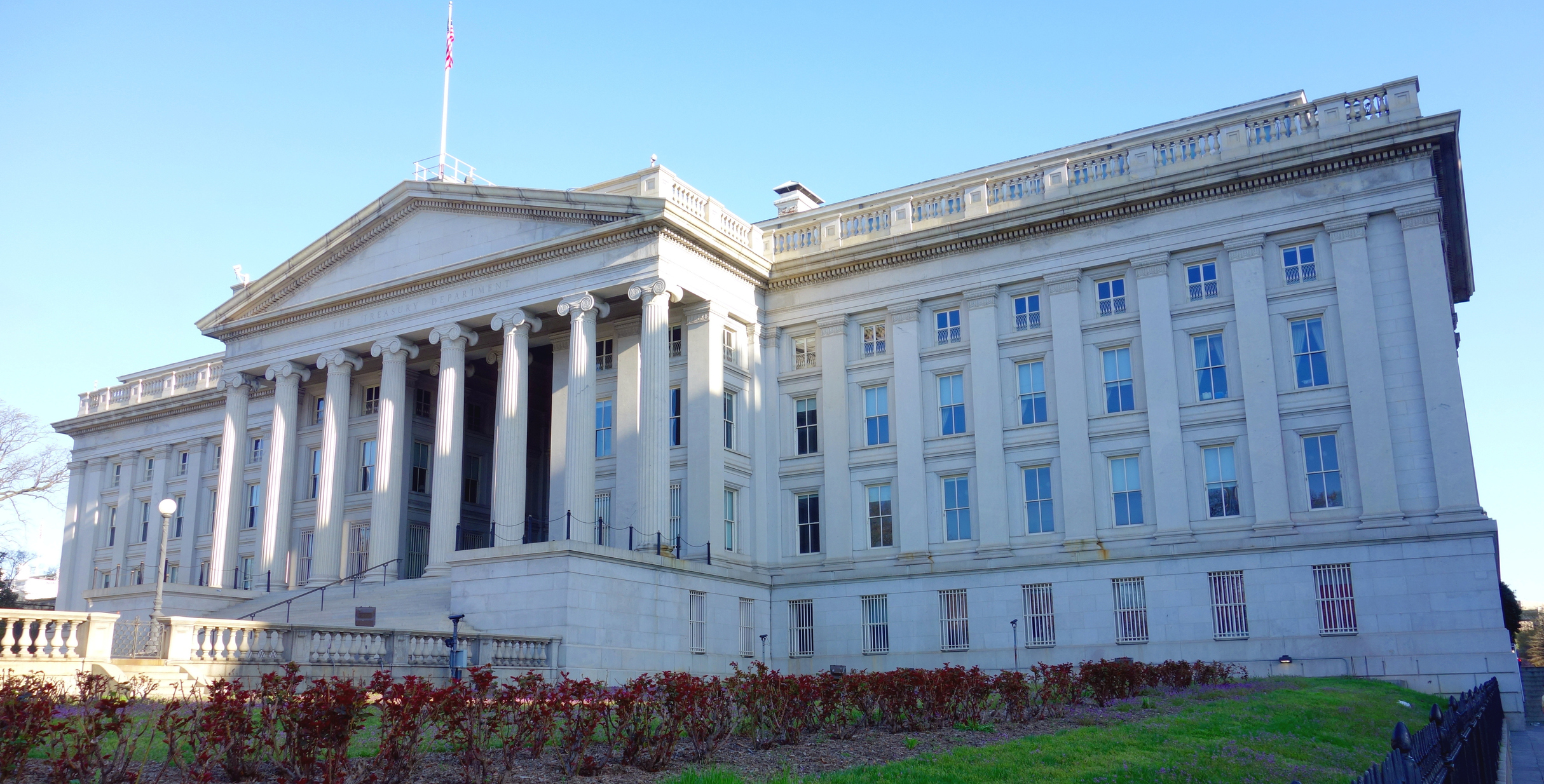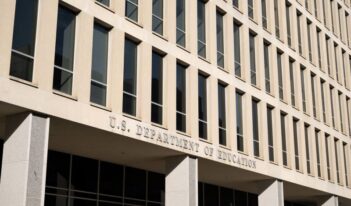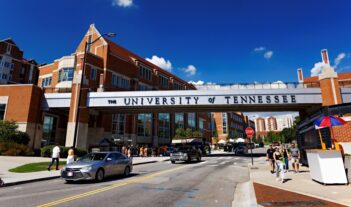
Treasury Department could take action to eliminate taxation of student loan forgiveness.
Total outstanding student loan debt in America has reportedly ballooned to over $1.3 trillion. As more and more students face the serious problem of rising debt, many are counting on loan forgiveness programs. But student borrowers may be unaware that they could face a stiff tax bill when their loans are discharged.
In a recent paper, Georgetown University Law Center Professor John R. Brooks argues that all discharges of federal student loans should be excluded from being deemed income for tax purposes. Currently, when the government forgives certain types of federal student loans, the amount forgiven is taxed as income, creating what Brooks calls a “tax bomb.” For example, if a student borrower had $50,000 of loans discharged, it would be taxed as if she were handed $50,000 in cash.
Brooks argues that the U.S. Department of the Treasury likely has the authority to exclude all federal student loan discharges from being taxed as income and, barring congressional action, should do just that. Because the U.S. Department of Education lends 99 percent of the student loans in the country by value, any action taken by the Treasury Department would affect most domestic student loans.
There are several different loan repayment and loan forgiveness programs. Whether loan forgiveness—or “cancellation of student debt”—is taxed as income depends on the repayment and forgiveness programs offered with each student loan. Currently, the U.S. tax code provides that discharges of loans can be excluded from income if the discharge was subject to a requirement that the borrower work in a certain field for a certain amount of time. More generally, the tax code works together with the Higher Education Act to determine which types of employees are eligible for loan forgiveness. This creates a patchwork of regulations that can become difficult to navigate.
For example, one popular repayment program that creates an exclusion is the Public Service Loan Forgiveness (PSLF) program. Under this program, if a student works for ten years in a qualifying job, any loans remaining after the tenth year of repayment are forgiven without being taxed as income.
For other forms of forgiveness, however, cancelled debt is taxed as income. Students on an income-based repayment plan (IBR), for instance, must pay 10 percent of their discretionary income for 20 or 25 years to qualify for loan forgiveness. But, unlike the PSLF program, the loans forgiven under an IBR plan are taxed as income. Such discharges do not qualify for exclusion from income under the tax code because they do not require work in a particular type of job for a particular amount of time.
In addition to reaching the end of a repayment period, certain events can trigger discharge. For example, if a student becomes disabled, or a graduate’s alma mater closes or is accused of fraud, student loan debt may be forgiven. Debt cancellation cannot be taxed in the event of a school closure under the Higher Education Act, but they can be taxed if discharged due to death, disability, and situations in which the school is accused of fraud.
In fact, whether or not a student’s debt cancellation is taxed can depend on something as specific as where the student went to school. For instance, in 2008, the Treasury Department announced that it would not tax any loan forgiveness issued to students that went to schools run by Corinthian Colleges, a for-profit company which defrauded students at 91 campuses across the United States. In issuing this proclamation, the Treasury Department effectively carved out an exception from the typical policy of taxing forgiven loans in instances of fraud.
The taxation of cancelled student debt operates in a complicated patchwork of rules from statutes, the tax code, and Treasury regulations. Because of confusion over which discharges are excluded, and because “creating taxable income… undermines the policy behind loan forgiveness,” the appropriate policy is to exclude all loan forgiveness from being taxed as income, argues Brooks. He proposes several different ways that the Treasury Department could act alone to achieve that objective.
First, he proposes that loan forgiveness could be classified as scholarships, which are excluded under the tax code. The purpose of loan forgiveness is very similar to the purpose of a need-based scholarship, he argues, but is determined based on post-graduation characteristics rather than pre-matriculation characteristics.
Second, the Treasury Department could change the meaning of “insolvency” so that cancellation of debt income falls under the insolvency exclusion from income. Under the tax code, cancellation of debt income is excluded if the individual is insolvent at the time the debt is cancelled. The Treasury Department could issue regulations that omit assets like retirement accounts and personal residences from the insolvency equation so that more borrowers qualify for the exclusion.
Third, the Treasury Department could issue regulations stipulating that students in discharge never truly owed the full amount in the first place and that forgiveness simply means that contingent conditions for taxation never occurred. Student loans under IBR plans are different from traditional loans, argues Brooks, and are thus more similar to income sharing agreements—arrangements in which a lender fronts a borrower an amount of money in exchange for a portion of the lender’s in future years— and therefore students should not be taxed as if they were expected to pay the full amount of their loans.
Lastly, cancelled debt could be calculated from the time the borrower enters the IBR program. Under Brooks’ proposal, entering into IBR would qualify as a significant debt modification, which is a taxable exchange of one debt instrument for another. Brooks argues that the Treasury Department could ignore the need to figure out the proper taxable amount by stating that the calculation would take too much time and resources to figure out, a decision that the Department has made in previous debt discharge situations.
Ultimately, Brooks posits that IBR addressed the problem of financial hardship, but that the primary challenge now faced by student borrowers is a potentially large and burdensome tax bill. The Treasury Department should address this problem, he says, and bolster the moral and policy rationales for loan forgiveness by excluding all cancellation of student debt from being taxed as income.



